Early Detection and Early Measures for Dementia and Care Prevention
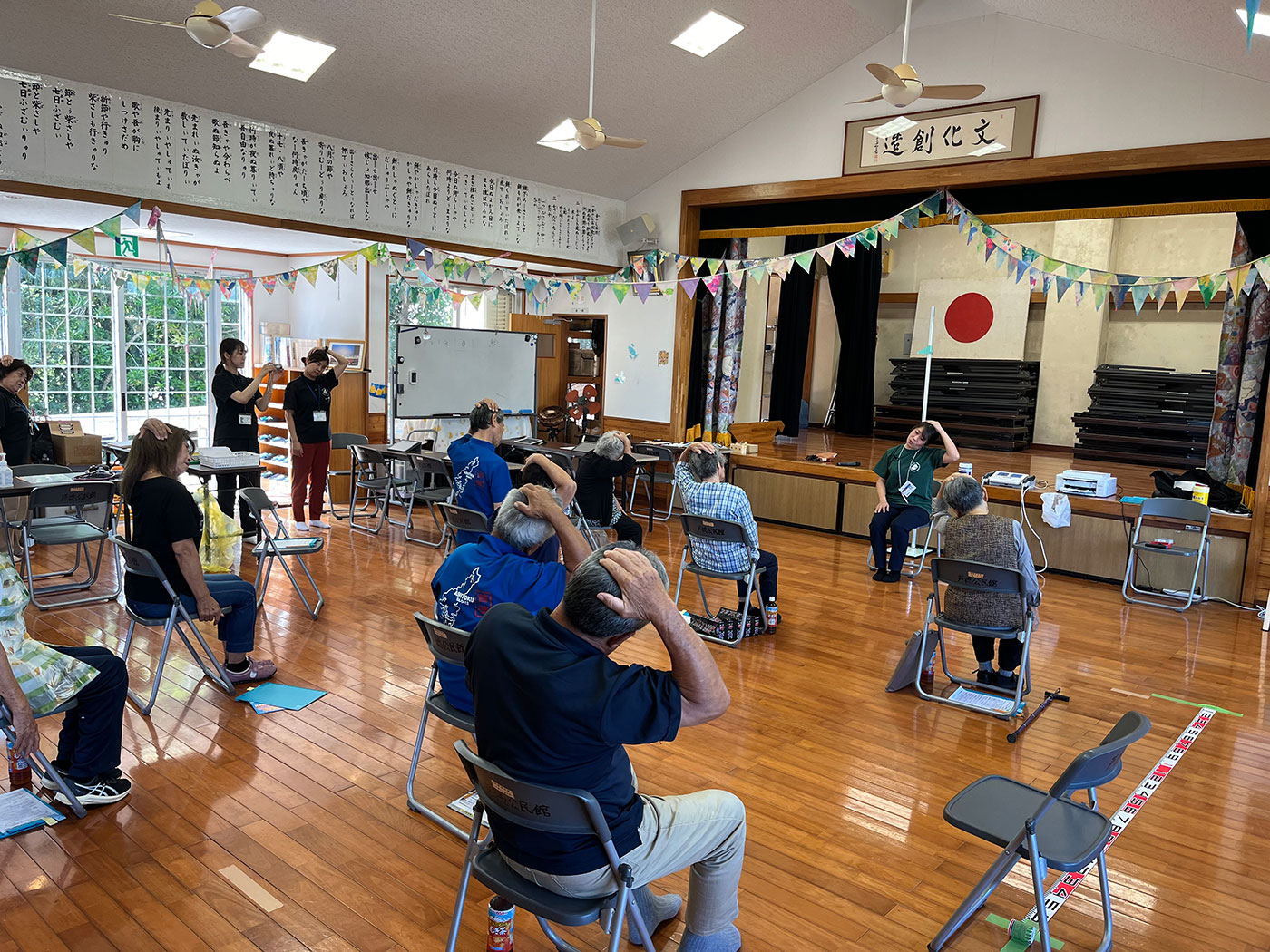
Project members
| NAME | MAKIZAKO Hyuma |
|---|---|
| Organization | Faculty of Medicine School of Health Sciences |
| Position Title | Professor |
| Degree | Ph.D. |
| External link | https://makizako-lab.work/home/ |
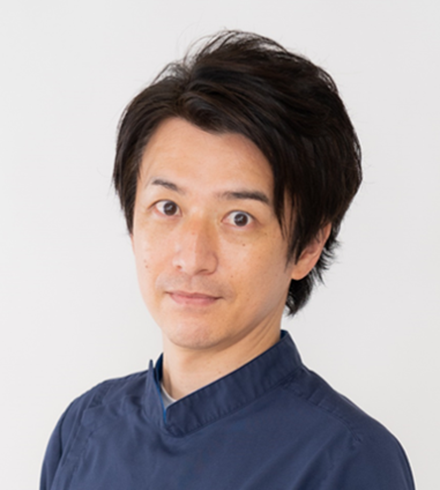
| NAME | Daijo Shiratsuchi |
|---|---|
| Organization | Faculty of Medicine School of Health Sciences |
| Position Title | Assistant Professor |
| Degree | Master of Health Science |
| External link | https://makizako-lab.work/home/ |
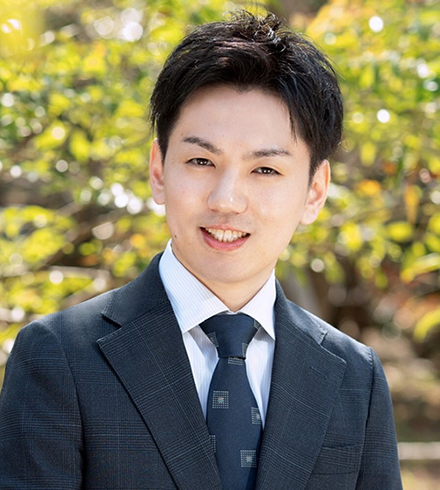
| NAME | Yuto Miyake |
|---|---|
| Organization | Faculty of Medicine School of Health Sciences |
| Position Title | Specially Appointed Researcher |
| Degree | Master of Health Science |
| External link | https://makizako-lab.work/home/ |
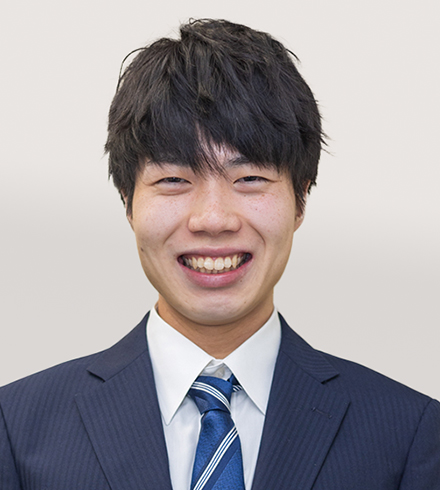
Background and inspiration
In my experience as a physical therapist, I have provided home-based rehabilitation services to people who require long-term care. However, the reality is that it is often difficult to dramatically improve function at this stage. The focus tends to be on “how to prevent functional decline” and “how to reduce the burden on the caregiver.” Still, when considering what can be done to prevent the need for care in the first place, it is essential to continue engaging in preventive actions while the patient is in good health. I also realized the importance of addressing dangerous signs as soon as possible. This is when I became aware of the critical role of research in detecting and addressing risks to prevent the need for care.
Annual checkups are designed to detect diseases and their risks. What we are working on, however, is identifying signs that, while not necessarily indicative of a disease, may lead to a situation that requires care if left unchecked. It is important to objectively recognize when one feels “somewhat anxious and somewhat weak,” even though medical tests may not detect these subtle symptoms.
Overview
The program is designed to detect the risk of dementia and the need for care at an early stage, take proactive measures, and demonstrate the effectiveness of such actions. Currently, although each municipality is implementing various projects, the data has not yet been consolidated into a centralized platform, and the overall effectiveness of these projects has not been demonstrated. Therefore, our mission is to build a database platform through collaboration among industry, academia, and government and use it to develop more advanced dementia and care prevention measures (Figure 1).
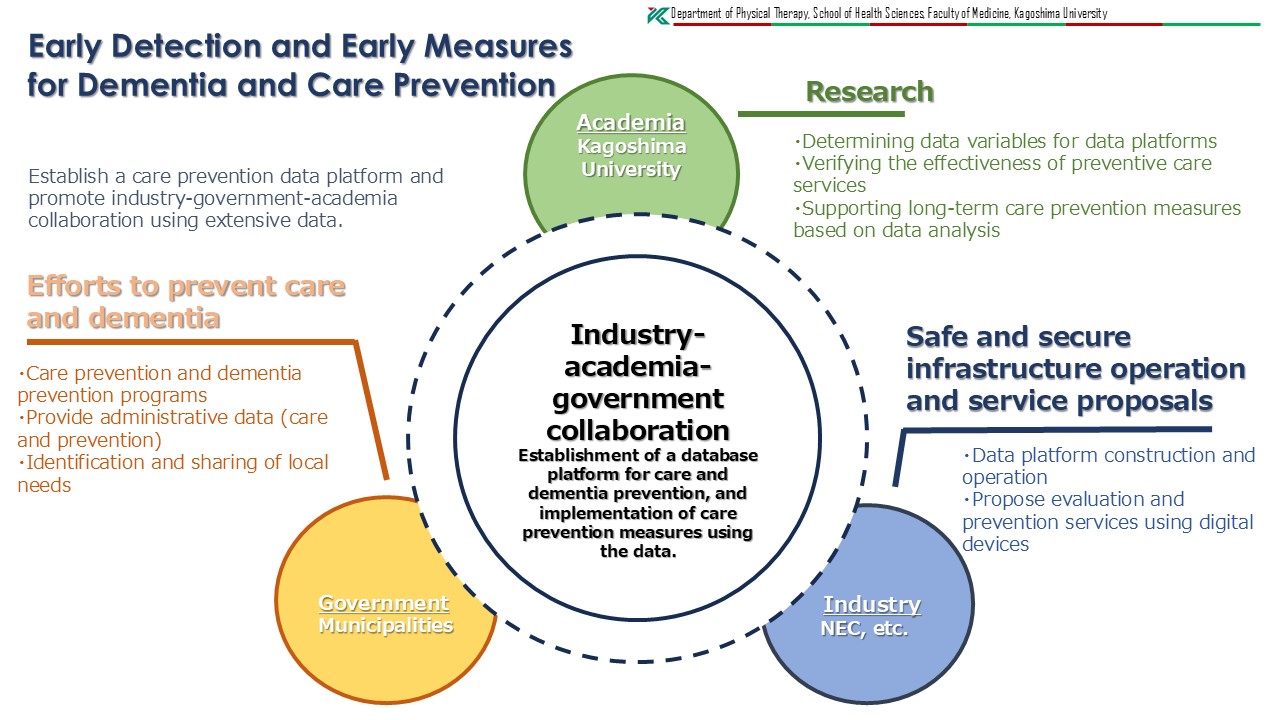
The “KU-AI (Kagoshima University, Aging, and Innovation) Study” is an early screening program for older adults in Amami City, Tatsugo Town, and Tarumizu City. Previously, health checks were paper-based, but switching to tablet-based checks has streamlined the process. Cognitive function tests are now evaluated using VR. The goal is to create a database necessary for prevention by linking actual measured data that utilizes devices with public and routine data.
*What is Screening?
Screening involves tests for the early detection and prevention of diseases.

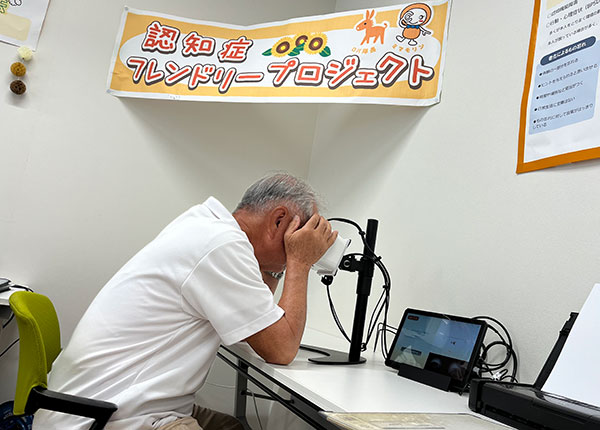
Results so far
We began working on this project on a larger scale in 2024, so concrete results are yet to come. We are currently in the preliminary stages of implementing a system to screen approximately 250 people in Amami City and Tatsugo Town and create a data platform using digital devices. In Kagoshima City, we are assessing about 450 people through actual measurements and creating a platform with the data from their functional assessments.
Application
We expect this effort to eventually lead to care prevention solutions, such as “verifying the effectiveness of prevention projects” and “predicting the risk of developing frailty and dementia.” Additionally, with social security costs, including care and medical expenses, tightening, we expect more people to become involved in dementia prevention and care prevention activities, helping to reduce social security costs. Currently, we have not yet been able to demonstrate the objective effect of these efforts on prevention in each municipality. We believe it is crucial to verify this first, so that older adults can participate with stronger evidence supporting the initiative.
